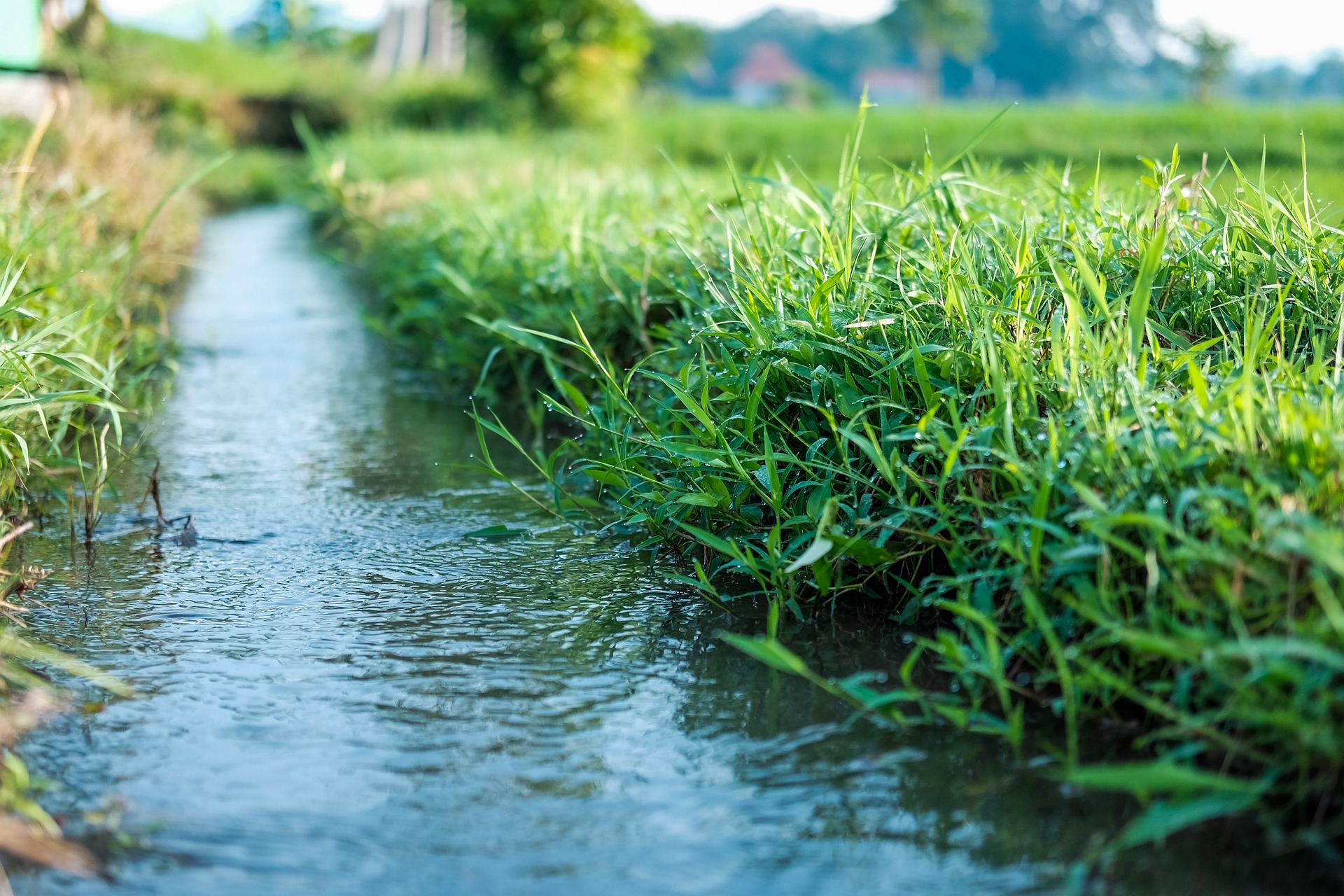Will the Great Drought of 2022 be a further catalyst for change in UK farming? It may sound a strange question in the middle on winter, but consider what happened last year.
Farmers have been badly affected. The effects of the drought can be seen in lower arable yields, livestock being moved to areas where there is still grass and the feeding of silage early to keep flocks going. All systems have come under pressure.
We are told that rainfall needs to be well above average in the current winter in order to replenish groundwaters and give us a chance of returning to normality this year. So the effects of the 2022 drought will be felt in future years, especially if the rains do not come as normal; whatever normal is now.
There is some resilience in the system. The North of England and Scotland have not been as badly affected as other parts of the country; heavy crops of hay and silage were cut in the summer. As a result, many farmers believe that they have a system which works; so why change it?
Here are my thoughts:
- The current arrangement works if Government subsidies keep farming profitable. That cannot be guaranteed under a reduced subsidy regime;
- It works in normal weather patterns but not if the soils are poor at retaining moisture in a dry spring, or at storing water when it rains;
- It works if output prices are high and input costs low, but we are in a dynamic marketplace, changing all the time. Keeping costs down is likely to be more of a requirement in future. Green cover crops can reduce fertiliser costs; minimum tillage can save on machinery costs; and providing to the market what we think the consumer wants in terms of sustainable food might achieve a premium price for what is produced
If climate change is here to stay, the need to adapt in order to survive and thrive has never been greater. That suggests big changes in farming systems.
Natural Capital: Galbraith’s expert advisers provide guidance in realising value in all land uses – by assessing and measuring natural assets, furthering opportunities in biodiversity net gain, and ensuring stakeholders are rewarded fully for their investment in and contribution to delivering ecosystem services and net-zero outcomes.
